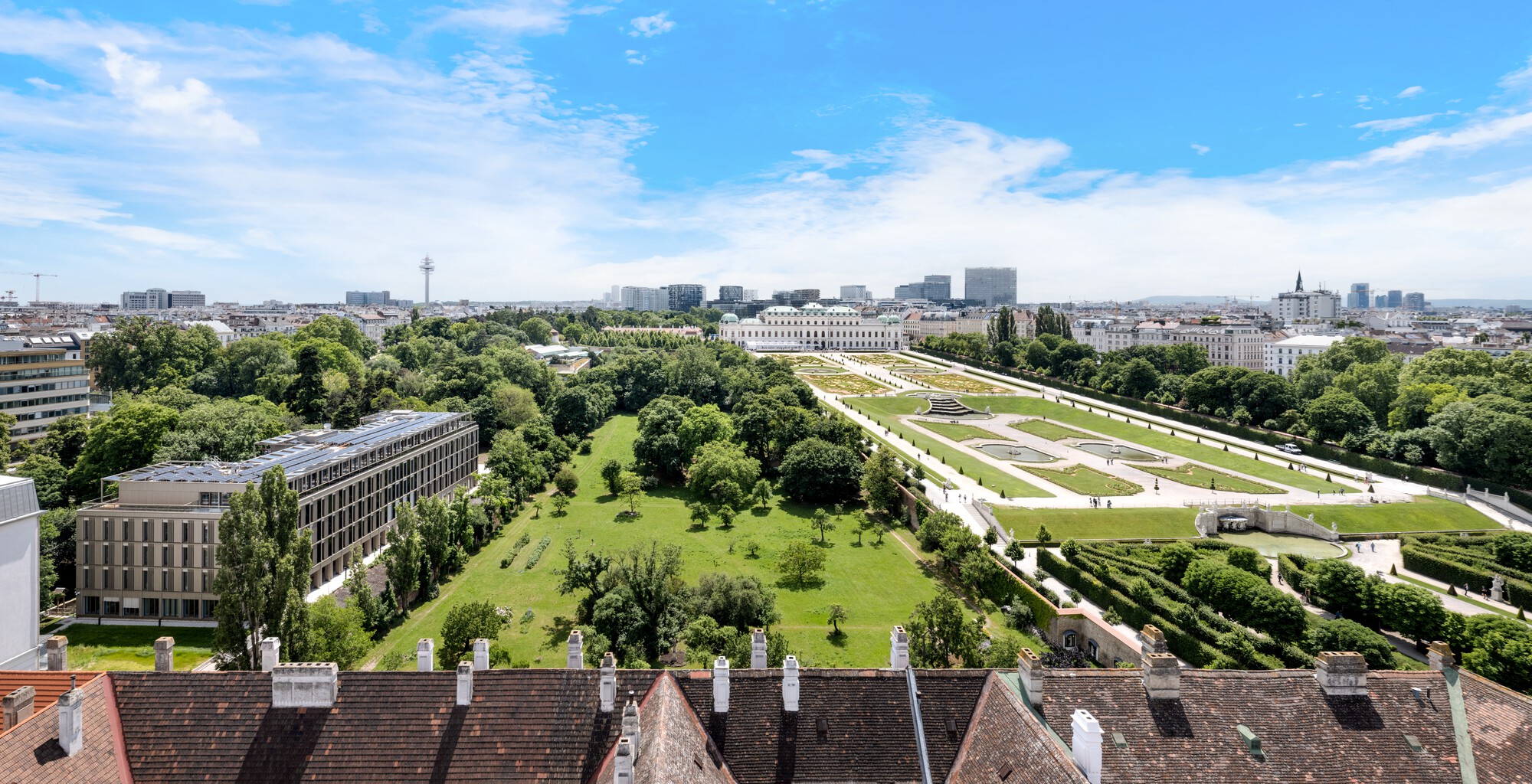Key Takeaways
- Rapid urbanization necessitates a systems-thinking approach to sustainable construction.
- Holcim leads efforts in circular construction, offering eco-friendly materials like ECOPlanet cement and ECOPact concrete.
- Innovations in energy efficiency, prefabrication, and digital automation are reshaping urban development.
Transforming Urban Development
As cities expand rapidly, creating sustainable environments is more crucial than ever. Holcim, a leader in sustainable construction, is addressing this need by collaborating with urban planners, architects, and decision-makers across the building value chain. To support the increasing urban population—which adds a city the size of Madrid weekly—a focus on sustainability is imperative.
Holcim provides environmentally responsible solutions, such as the EPD-certified ECOPlanet cement and ECOPact concrete, that help achieve prestigious green certifications like LEED and BREEAM. However, opportunities for sustainable building practices are still emerging. One innovative method is the use of ECOCycle® technology, enabling concrete production that is 100% recyclable, minimizing reliance on primary materials while promoting the efficient reuse of resources.
The importance of retrofitting and improving energy efficiency is emphasized, as existing buildings currently account for 70% of CO2 emissions in the construction sector. By extending building lifespans through enhanced insulation and energy-efficient renovations, urban areas can significantly reduce their carbon footprints.
Holcim also champions modular construction and offsite prefabrication, which enhance construction productivity and quality while reducing costs. These innovations facilitate ambitious infrastructure projects, aligning with needs for timely and efficient building practices.
To combat climate change and its effects, Holcim’s solutions are designed to withstand severe weather conditions. Green roofing systems can mitigate the urban heat island effect, while permeable concrete can help manage water sustainably and prevent flooding.
Furthermore, the integration of artificial intelligence and digital tools like Building Information Modeling (BIM) is revolutionizing urban planning and construction methods. By leveraging technologies like the Internet of Things (IoT), Holcim ensures buildings are safer and more efficient, improving cost management through innovative solutions like Holcim+ for AI-driven logistics.
The collaborative efforts of Holcim and other stakeholders emphasize a commitment to building the cities of tomorrow—smart, durable, and environmentally friendly. This collective endeavor promises a future where sustainable construction practices are integral to urban development, ensuring resilience against climate impacts while enhancing living conditions for future generations.
The content above is a summary. For more details, see the source article.















